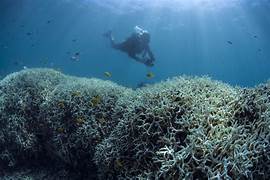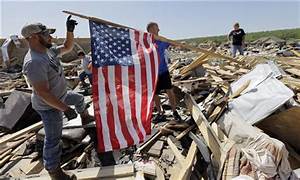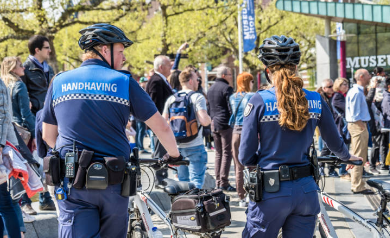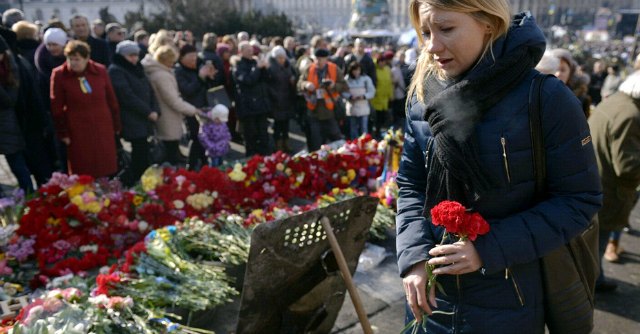
A mass bleaching event that experts describe as “shocking” is killing Australia’s coral reef. This time, the alarm comes from the western coast, where alarming levels of bleaching have been recorded.
A months-long heatwave has “cooked” the famous Ningaloo Reef, ocean scientist Kate Quigley told AFP. Large portions of coral, once colorful, now appear pale white and sickly.
The Ningaloo Reef is part of a marine park classified as a UNESCO World Heritage Site. It is a distinct and smaller reef compared to Australia’s Great Barrier Reef but is famous for its biodiversity and for the whale sharks that migrate through these waters.
The Ministry of the Environment is assessing the extent of the damage, but for Quigley, who is part of the environmental organization Minderoo Foundation, this is the worst event of its kind in the region since 2011: “This year, the warm ocean simply cooked the corals. It would not be wrong to add the word ‘unprecedented.'”
According to monitoring by the U.S. National Oceanic and Atmospheric Administration (NOAA), temperatures exceeded the “bleaching threshold” in mid-January.
Bleaching occurs when warm waters trigger a biological response that forces corals to expel the colorful algae embedded in their tissues.
Australian government data show patches of coral bleaching on the northern tip of the more famous Great Barrier Reef, on the eastern coast.
The Ningaloo Reef and the Great Barrier Reef, Quigley explains, respond to different weather patterns, and it is rare for bleaching to occur in both simultaneously: “What we are seeing is that the level of ocean warming is so high that in some places, it is overpowering local conditions. It is simply shocking. If we take a national snapshot, it is extremely concerning.”







